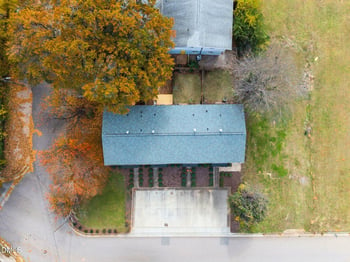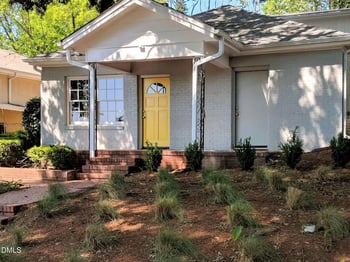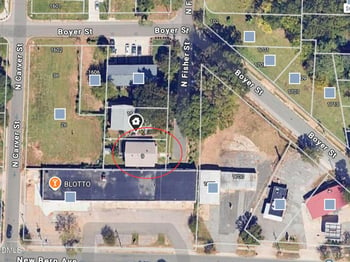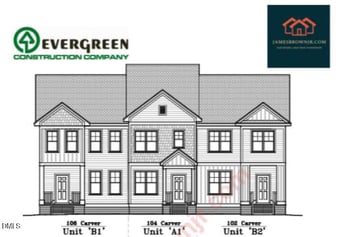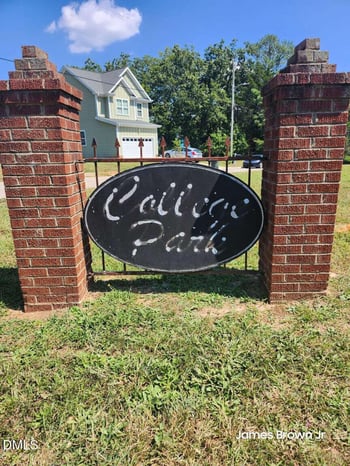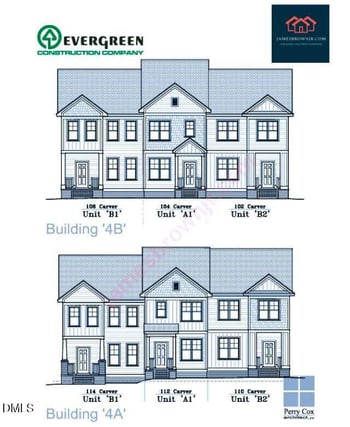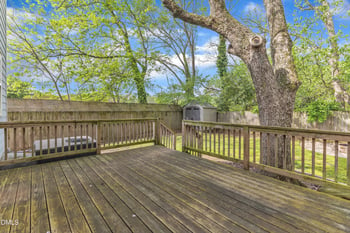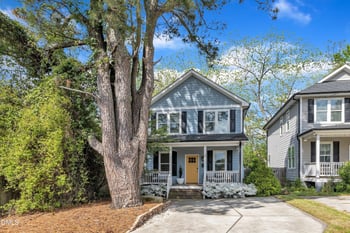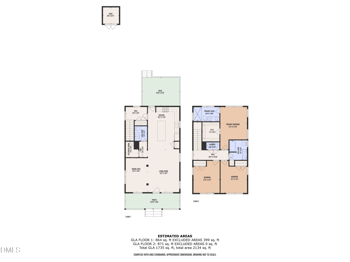Current Real Estate Statistics for Homes in Raleigh, NC (Community: College Park)
Homes for Sale by City
Popular Searches in Raleigh, NC
College Park in Raleigh, NC – Neighborhood Guide
Welcome to College Park, a historic and vibrant neighborhood in the heart of Raleigh, NC. Whether you're looking to buy a home, sell your property, or explore opportunities in the Raleigh real estate market, College Park is a community rich in history, culture, and charm. With a growing number of homes for sale and a location that puts you close to everything downtown Raleigh has to offer, this area is ideal for homeowners seeking convenience, character, and long-term value. If you're working with a realtor, be sure to explore what College Park has in store.
Why Choose College Park?
College Park offers a unique blend of historic charm and modern city living. Located just east of downtown, this neighborhood is one of Raleigh’s oldest residential communities and is currently experiencing a resurgence, with many homes being renovated or newly constructed. Its proximity to Shaw University, public transit, and the heart of downtown makes it highly desirable for a wide range of buyers.
Why buyers love College Park:
-
Walkable to downtown Raleigh and Shaw University
-
Mix of renovated historic homes and new construction
-
Proximity to parks, cultural landmarks, and nightlife
-
Quick access to I-40, I-440, and major employers
-
Strong sense of community and neighborhood pride
If you're looking to buy a home in Raleigh with character and central access, College Park is a top contender.
Homes for Sale in College Park
The homes for sale in College Park offer a mix of restored bungalows, craftsman-style homes, and contemporary new builds. Properties typically range from 2 to 4 bedrooms with 1,000 to 2,500+ square feet, depending on age and updates. Many of the older homes have been updated with modern interiors while retaining original architectural details.
Prices generally range from the high $200s to $600,000+, depending on location, size, and condition. The neighborhood’s increasing popularity and development activity make it an exciting place to invest.
For the latest listings and market data, visit our homes for sale in Raleigh page, where you’ll find up-to-date inventory and neighborhood comparisons.
Real Estate Market Trends in College Park
College Park is experiencing a renaissance, making it a hot spot in the Raleigh real estate market. Renovation projects, infill development, and increased demand are driving appreciation and transforming the neighborhood’s landscape.
Why it’s a great time to buy or sell:
-
Strong investment potential with rising home values
-
High demand for centrally located properties
-
Ongoing revitalization and infrastructure improvements
Thinking about listing your home? Let us help you sell your home in College Park quickly and for the best possible price. Call or text us at 919-249-8536 or connect via our contact page.
Schools Serving College Park
College Park is served by the Wake County Public School System, offering access to both traditional and magnet school programs.
Nearby schools include:
-
Hunter Elementary School
-
Moore Square Magnet Middle School
-
Southeast Raleigh Magnet High School
There are also several charter, magnet, and private school options within a short drive, including Saint Augustine’s University and Shaw University for higher education.
Local Amenities & Lifestyle
Living in College Park means being in the center of Raleigh’s culture, arts, and community events. Residents enjoy walkable access to parks, museums, local restaurants, and live music venues.
Local amenities include:
-
John Chavis Memorial Park – historic park with trails, splash pad, and carousel
-
Red Hat Amphitheater and City Market – venues for events and shopping
-
Transfer Co. Food Hall – great for local eats and coffee
-
Raleigh Union Station and public transportation hubs
-
Grocery stores, fitness centers, and more within minutes
With so much nearby, College Park offers a lifestyle that balances convenience and community.
Buying a Home in College Park
If you're ready to buy a home in College Park, you’ll find a neighborhood full of character, opportunity, and future potential. Whether you’re a first-time buyer, investor, or long-term homeowner, this historic district offers something special.
What to expect when buying in College Park:
-
Mix of modern builds and historic architecture
-
Walkable access to downtown amenities
-
Increasing home values with long-term potential
-
Support from expert local realtors
Get in touch with our team at Raleigh Realty to begin your search. Call or text 919-249-8536 or reach out via our contact page.
Selling Your Home in College Park
Thinking of selling your College Park home? Now is a prime time, with rising demand for centrally located properties and a limited number of listings. Our team knows the market and understands how to position your home for success.
What we provide sellers:
-
Accurate home valuation and pricing strategy
-
Professional photography and virtual walkthroughs
-
Targeted digital and social media marketing
-
MLS exposure and open house coordination
Let’s make your next move seamless. Call or text 919-249-8536 or visit our contact page to schedule a consultation.
Explore More Raleigh Communities
College Park is one of many amazing neighborhoods in central Raleigh. To explore more options, visit our homes for sale in Raleigh page for listings, neighborhood guides, and real estate resources.
From historic charm to new development, our team can help you find the perfect community.
Your Raleigh Real Estate Experts
At Raleigh Realty, we’re committed to helping buyers and sellers succeed in every corner of the city. Whether you're buying or selling in College Park, our team brings local knowledge and a client-first approach to the table.
Let’s connect! Call or text us at 919-249-8536, or reach out through our contact page to get started.
Explore, buy, or sell with confidence in College Park—your next chapter starts here.
Back to Raleigh Real Estate
Call us at 919-249-8536
